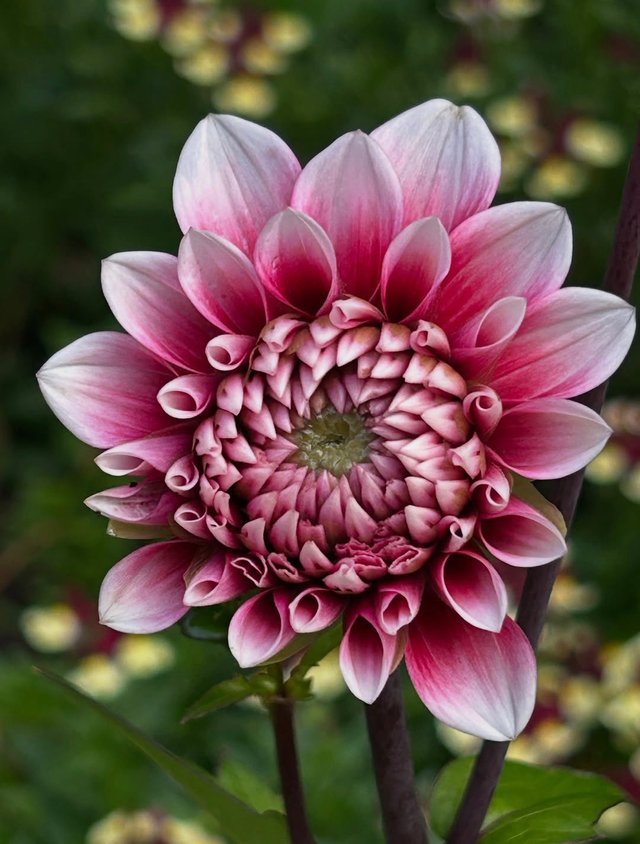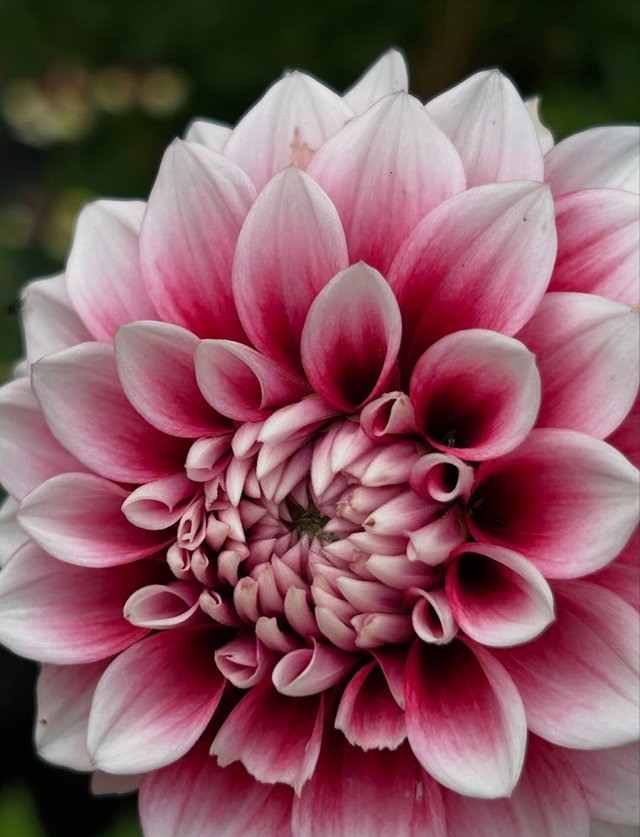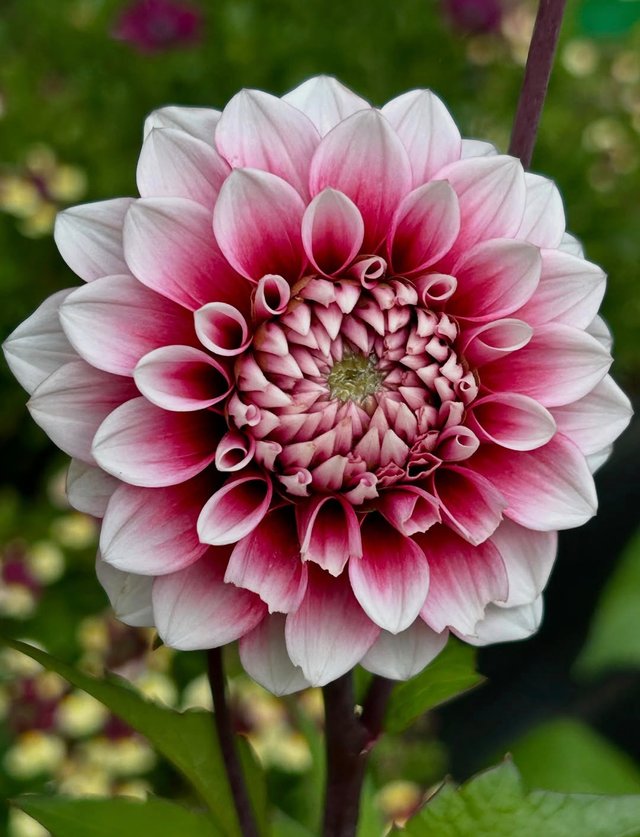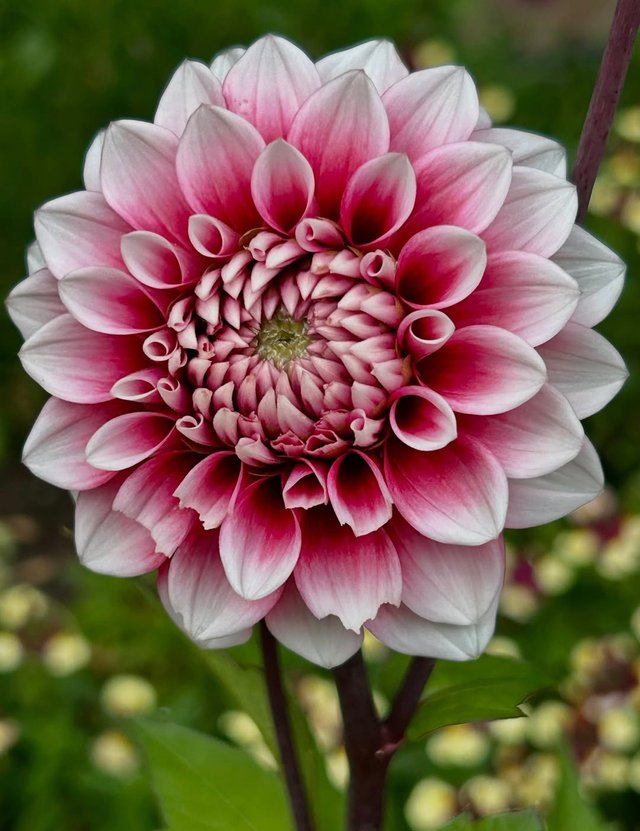Dahlia flower
The Dahlia flower is a vibrant and striking ornamental plant that belongs to the is native to Mexico and Central America, where it has been cultivated since ancient times by the Aztecs for both decorative and medicinal purposes. Known for its wide range of colors, shapes, and sizes, the Dahlia is a favorite among gardeners and florists, producing blooms that can range from petite, delicate forms to large, dinner-plate-sized flowers. It thrives best in sunny locations with well-drained, fertile soil and requires regular watering to encourage continuous flowering throughout the summer and into early autumn. Dahlias are classified into several groups based on flower form, including cactus, pompon, ball, single, and decorative varieties, each with its unique petal arrangement and texture.
Their colors span nearly the entire spectrum, from pure white and soft pastels to deep purples, vivid reds, and even bicolored patterns, making them highly versatile for garden design and floral arrangements. The plant grows from tuberous roots, which can be dug up and stored during winter in colder climates to protect them from frost damage. Aside from their ornamental value, Dahlias hold symbolic meanings such as elegance, dignity, inner strength, and commitment, and they are often used in celebratory events like weddings and anniversaries.
Over the centuries, horticulturists have hybridized countless varieties, leading to more than 40 official species and tens of thousands of cultivars recognized worldwide. They attract pollinators such as bees and butterflies, contributing to garden biodiversity, and with proper care, they can provide an abundant display of blooms year after year. The Dahlia’s resilience, combined with its beauty, has earned it the title of Mexico’s national flower, representing a blend of cultural heritage and natural splendor.



